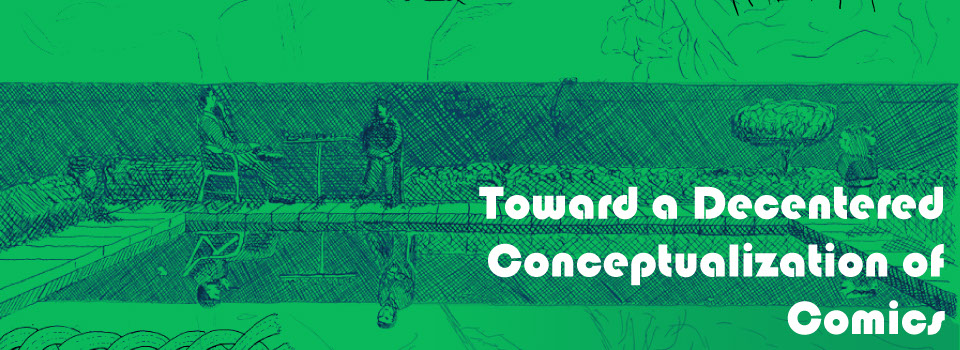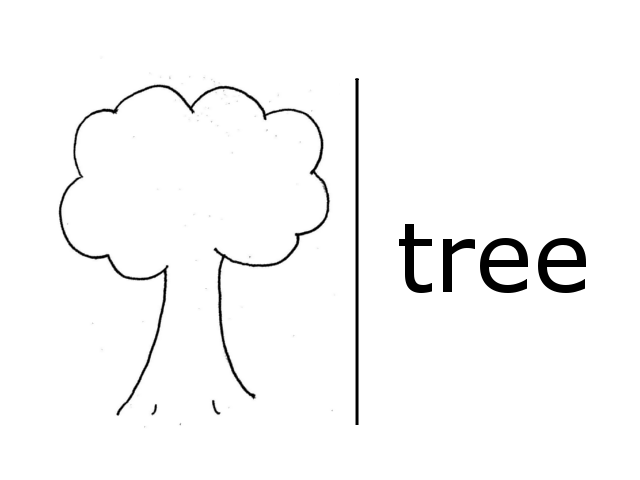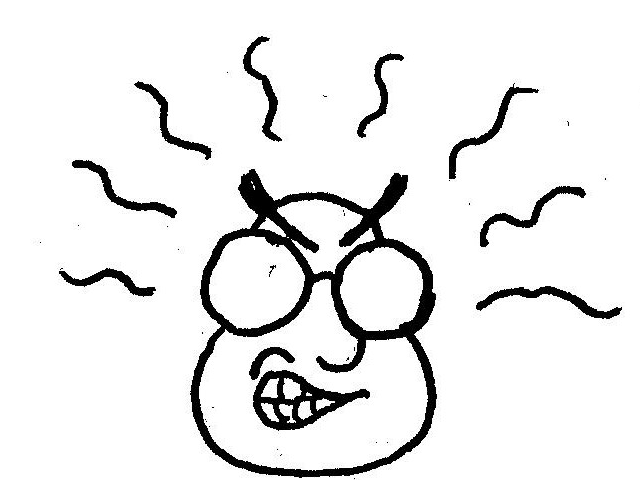
x
Contents
Home
Home
Home

The Center That Is No Center

compose?
Image and text—visual and verbal—have seemed distinct for as long as there has been language. Saussure’s sign speaks to this division, on one side an image of a tree, on the other the word tree itself. Homer signifies a distinct moment in the history of this division. While the original Iliad and Odyssey were presented multimodally through oral presentation (gesture at this moment inextricably tied to speech), the moment they were written down they became something else. Much Homeric scholarship has attempted to excavate what was lost in translation from speech to writing. The division echoes through concepts like ekphrasis and ut pictura poesis, resonating throughout the histories of art and literature.
W. J. T. Mitchell’s Iconology: Image, Text, Ideology provides a route in to art criticism for those of us who are on the outside. Iconology is a superb text, brilliantly argued and hugely influential. His complex, nuanced argument cannot be approximated in an easy summary. Instead, I will begin in the middle of the book and move toward the beginning. The second part of his book provides a historical overview of the image|text division through four major critics, moving from the twentieth century back toward the eighteenth. My perverse reversal, then, at least follows chronology.
First we have Edmund Burke’s distinction between sublime and beautiful. The sublime always signifies a depth of feeling greater than signification can signify. For Burke it exists only in language: painting cannot signify more than what it is. Instead, its worth lies in beauty, in designating rather than signifying. Kant’s aesthetic theory depends heavily upon Burke.
Gotthold Lessing built upon Burke’s work, further elucidating the relationship between painting and poetry. For Lessing, the relationship comes down to space and time: painting is atemporal representation within space; poetry is temporal representation divorced from space. Lessing abhors (a la Burke) any mixing between the two. His simplistic definition is complicated through various examples. Keats’s “Ode upon a Grecian Urn” is the classic refutation of Lessing, but comics work just as well. Like Keats’s ode, comics signify and designate simultaneously. On every page the visual and the verbal invert each other, from the onomatopoeias delivered in textured fonts to the designation of movement and emotions in emminata.
Ernst Gombrich erected a strict barrier between art and literature on the basis of this distinction—art is natural, literature is conventional—but found that the binary deconstructed itself before his eyes. For Mitchell, Gombrich lacks the naïveté of his predecessors to think they could ever maintain such distinctions, but he has inherited their desire to do so. Gombrich, at once enamored by nature and skeptical of its universality, chooses a Platonic dialectic between physis and nomos, the Nature / Convention binary for which he is so famous.
Nelson Goodman reacts to Gombrich with scientific rigor. He divides between picture and paragraph but allows that the distinction is relative to interpretation. One may read a picture and see a paragraph. However, our readings are preconditioned. Contrary to his predecessors, “Hybrid texts are not only possible but are entirely describable in his [Goodman's] system. . . . The only question is whether the results are interesting” (Mitchell, Iconology 70). This flexible system can handle comics, but it rebels against his tradition’s idolatry of the division between seen and said. Goodman’s ambivalence about this iconoclasm determines Mitchell’s theories.
Preceding all of this historical narrative, the first part of Mitchell’s book begins with definitions of image and text. Mitchell’s definitions suffer from the same problems that we have seen in definitions of comics. We all know the difference between image and text, but in attempting to clarify this distinction we realize it is not nearly as stable as we assume. Mitchell ends this first section with a summary:
Perhaps the redemption of the imagination lies in accepting the fact that we create much of our world out of the dialogue between verbal and pictorial representations, and that our task is not to renounce this dialogue in favor of a direct assault on nature but to see that nature already informs both sides of the conversation. (46)
This interplay between image and word comprises our world. In spite of the fact that we would love to have a clear division and finally store all the important stuff on one side or the other, we cannot. Moreover, we cannot evade the question completely in some attempt to access the real. Instead, Mitchell suggests we look at the conversations going on between image and word—read and look across the binary. Mitchell does not come down on the side of the structuralists but rather hypothesizes that this binary will continue to resist our theories. As Žižek might remind us, this resistance proves the center’s reality. It is the denial that covers for an affirmation, the repressed continually reasserting its power.
Mitchell’s approach offers us an opening through which to analyze comics. After all, comics, like the world, operate across the visual and the verbal. But Mitchell fails to distinguish image and text because his system is based on identity, not difference. Deleuze might say that they come from the same place, or rather, are different individualizations coming off the same (or similar) planes.
The real comic, so difficult to define, lives between the extremes, in fact, is created by their juxtaposition. Instead of a direct assault, we need an indirect approach to comics through a peripheral parallax, around and through, both and always another. The peripheral and parallax provided by particular post-structuralists allow us to approach a more robust conceptualization of comics.



